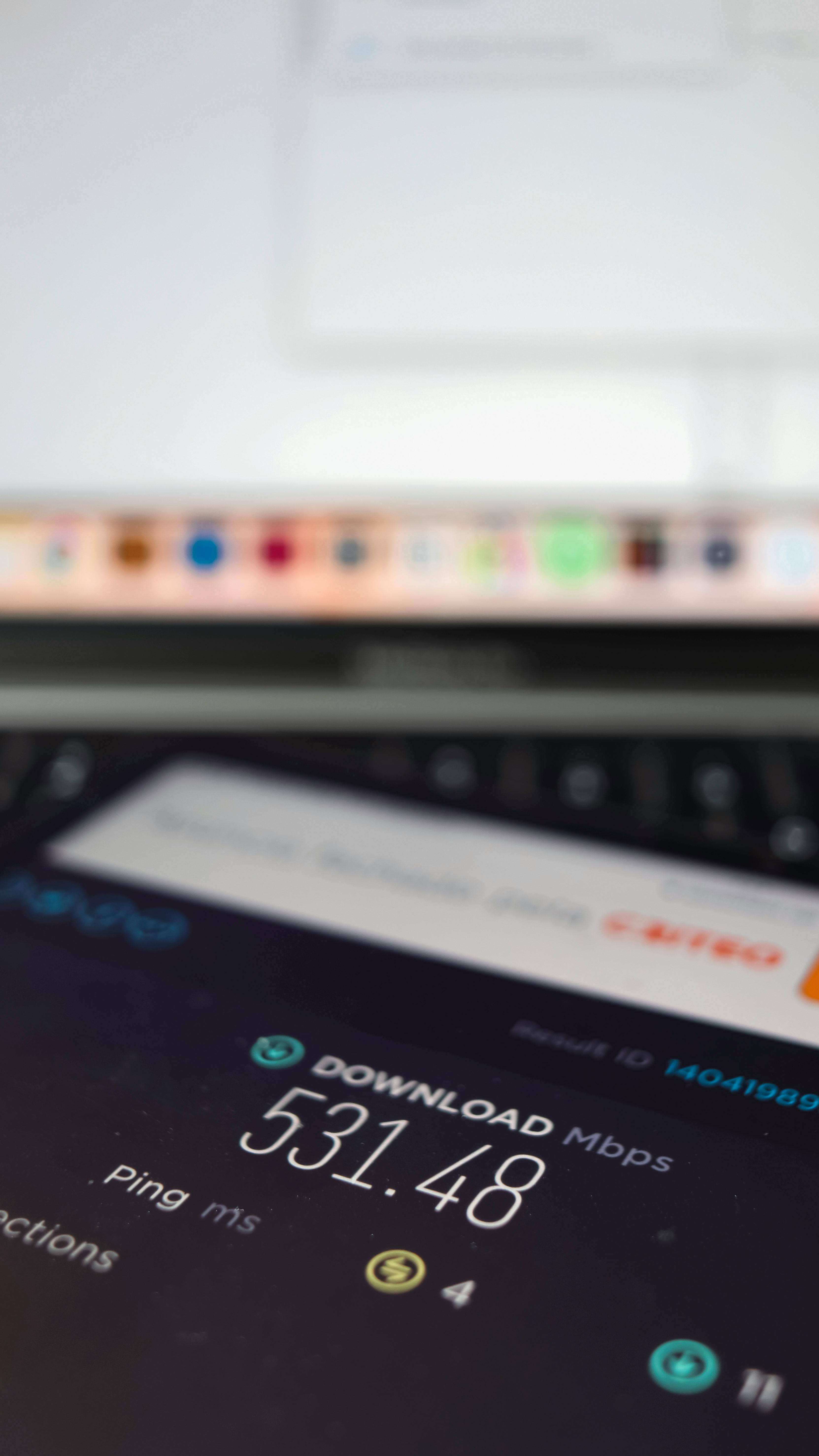Comparing Fiber vs. Cable Internet: Which is Better?
Compare fiber vs. cable internet with our complete guide. Discover the pros and cons of each, explore their speeds, reliability, and costs, and find out which is best for your needs in 2024.

Comparing Fiber vs. Cable Internet: Which is Better?
Introduction
When choosing an internet service, understanding the differences between fiber and cable is crucial. Each has its strengths and weaknesses, and the right choice depends on your specific needs, whether for speed, reliability, or cost-effectiveness. This guide will compare fiber and cable internet in terms of how they work, their pros and cons, and which might be the best fit for you.
Explanation of Fiber and Cable Internet
Fiber Internet
Fiber internet uses light signals transmitted through fiber-optic cables to deliver data. This technology is known for its high speeds, often reaching up to 1 Gbps or more, and its low latency, which makes it ideal for activities like gaming, streaming in 4K, and large file uploads. Fiber is also considered future-proof, as it can support the increasing demand for bandwidth without significant upgrades.
Cable Internet
Cable internet, on the other hand, uses coaxial cables, the same type used for cable TV, to transmit data. It is widely available and can offer competitive download speeds, typically ranging from 100 Mbps to 1 Gbps. However, because cable internet often shares bandwidth with other users in the neighborhood, it can be slower during peak usage times, particularly for upload speeds.
Comparison Table
| Feature | Fiber Internet | Cable Internet |
|---|---|---|
| Speed | Up to 1 Gbps or higher | Typically 100 Mbps to 1 Gbps |
| Upload Speed | Very fast (often equal to download speed) | Slower than download speed |
| Reliability | Consistent, even during peak hours | May slow down during peak hours |
| Availability | Limited, mostly in urban areas | Widely available |
| Cost | Higher installation and subscription costs | Generally more affordable |
| Technology | Future-proof, uses fiber-optic cables | Uses coaxial cables, shared bandwidth |
| Installation | May require professional installation | Easier to install, often uses existing infrastructure |
Pros and Cons of Each Type
Fiber Internet
- Pros: Superior speeds, especially for uploads. Less affected by peak usage times. Future-proof technology.
- Cons: Limited availability, higher installation and subscription costs.
Cable Internet
- Pros: More widely available, generally more affordable with lower installation costs. Easier to install.
- Cons: Can slow down during peak usage times. Performance can vary depending on neighborhood usage.
Comparison of Speed, Reliability, and Cost
Speed
Fiber internet typically outperforms cable, offering higher download and upload speeds. This makes it better suited for activities requiring large amounts of data, like streaming, gaming, or remote work with large file uploads.
Reliability
Fiber is generally more reliable, with consistent speeds even during peak hours, while cable internet can experience slowdowns due to shared bandwidth.
Cost
Cable internet is often more affordable upfront, making it an attractive option for budget-conscious consumers. However, fiber may offer better long-term value, particularly for users who need consistently high speeds.
Conclusion with Recommendations
Choosing between fiber and cable internet depends on your specific needs:
- Best for Speed: If you need the fastest internet, particularly for upload speeds, fiber is the way to go.
- Best for Availability: If you’re in an area where fiber isn’t available, or if you’re looking for a more budget-friendly option, cable is likely your best bet.
- Best for Reliability: For users who require a stable connection with minimal slowdowns, fiber’s consistency during peak times makes it the superior choice.




